Dune: Part Two
Rating
![]()
Director
Denis Villeneuve
Screenplay
Denis Villeneuve, Jon Spaihts (Novel: Frank Herbert)
Length
2h 46m
Starring
Timothée Chalamet, Zendaya, Rebecca Ferguson, Javier Bardem, Josh Brolin, Austin Butler, Florence Pugh, Dave Bautista, Christopher Walken, Léa Seydoux, Stellan Skarsgård, Charlotte Rampling
MPAA Rating
PG-13
Original Preview
Review
The challenge of adapting a ponderous, expansive novel like Frank Herbert’s sci-fi classic is finding a way to keep it from feeling plodding and Dune: Part Two mostly succeeds.
In its first part, Dune told the story of the eradication of Paul Atreides’ (Timothée Chalamet) family. Only he and his mother (Rebecca Ferguson) escaped and found refuge within the bedouin peoples of the planet Arrakis, the Fremen. This second part covers the rise of Paul as the Lisan al Gaib, the prophesied messiah that is to liberate the Fremen. Paul’s mother Lady Jessica takes the position of Revered Mother for Arrakis as her position as Paul’s mother enables her to step into a role she’s been prepped for since she was young. Whether or not any of these ideas are well expressed for those who aren’t familiar with the source material is an open question. The answer? Somewhat but insufficiently.
That’s where the Denis Villeneuve and Jon Spaihts script falls down. It’s so in love with the universe that it forgets that it’s not a book the average moviegoer is bound to pick up. With that and the original being three years past, it’s difficult to follow the action with little in the way of explainer leading into the narrative. The audience is expected to understand the material and go with the flow and it doesn’t present it sufficiently for them. The screenplay also ignores some of the headier themes of the novel: the dangers of following messianic leaders and the insidiousness of religion seeding belief into a superstitious populace most importantly. These themes are impotent if nothing else. It’s almost as if a religious person looked at this and said Paul’s a hero simply because he uses religion to enact revenge on those who killed his father.
Like the first film, Dune: Part Two is a sumptuous epic that looks wonderful. Greig Fraser’s cinematography makes the desert planet come to life even with its muted yellow and brown hues, each location feels unique and interesting and the action is kept well framed. The lone exception to this is the nonsensical representation of Giedi Prime, drained of all color. These scenes stand starkly against the rest of the film’s backdrop. While the planet was heavily industrialized and suffered from a lack of flora, there is nothing in its description in the novels that would lead to this type of color scheme. It rips the viewer out of the film and while there might be thematic reasons for doing such, it did not fit in well.
The rest of the production, most notably costumes, is exceptional. It’s a beautiful and well mounted production. In the first film, there was hope that the follow-up would do a little more to explain the purpose of the pair of pictures. It gave many of us hope that it could stick its landing. While the majority of the production does, and director Villeneuve deserves a lot of credit for that, it remains a film that doesn’t do enough to expound upon the major concepts at work in the novel and becomes a more shallow film as a result.
Dune: Part Two continues in creating a living, breathing world as Herbert might have envisioned it but with several missteps, poor choices, and a plot in desperate need of fleshing out, what could have been a terrific singular epic in a one-film package becomes a somewhat lumbering, unfocused mess stretched out to five-and-a-half hours across two films. Peter Jackson figured out how to do the original Lord of the Rings trilogy in one film per book, even excepting the extended editions, but where he failed was in stretching The Hobbit unnecessarily to three films. At least that decision made sense. This one does not.
Review Written
January 29, 2025

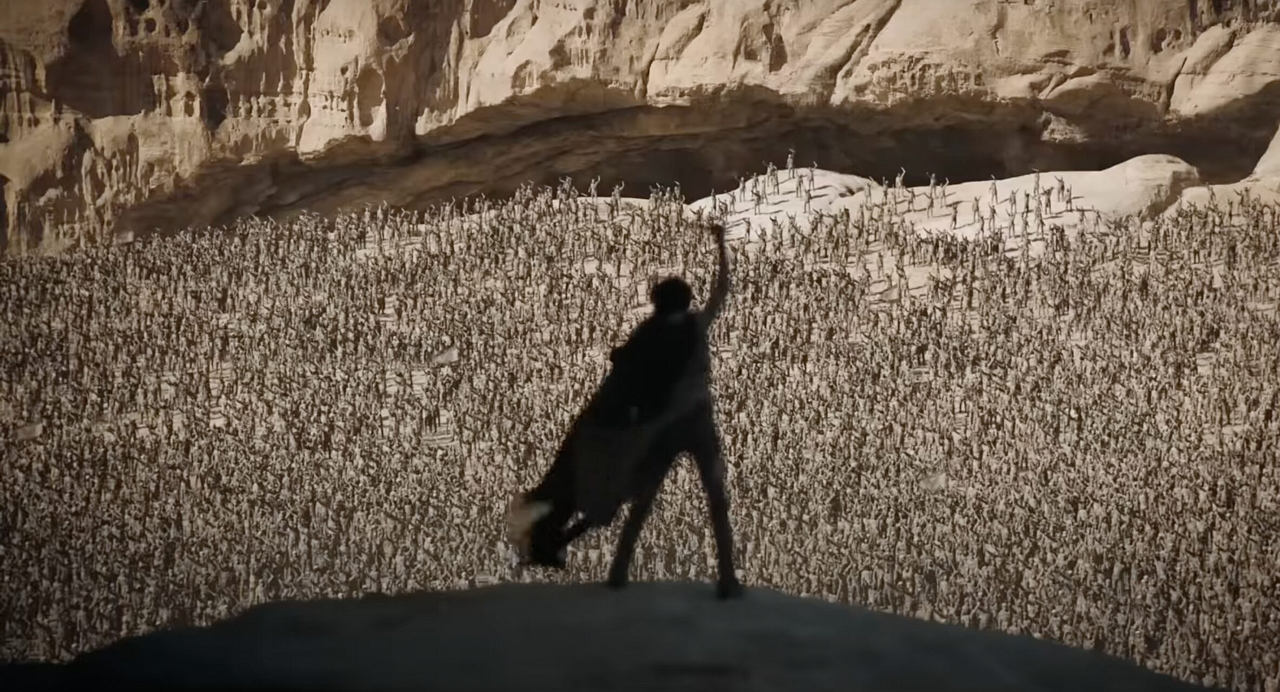
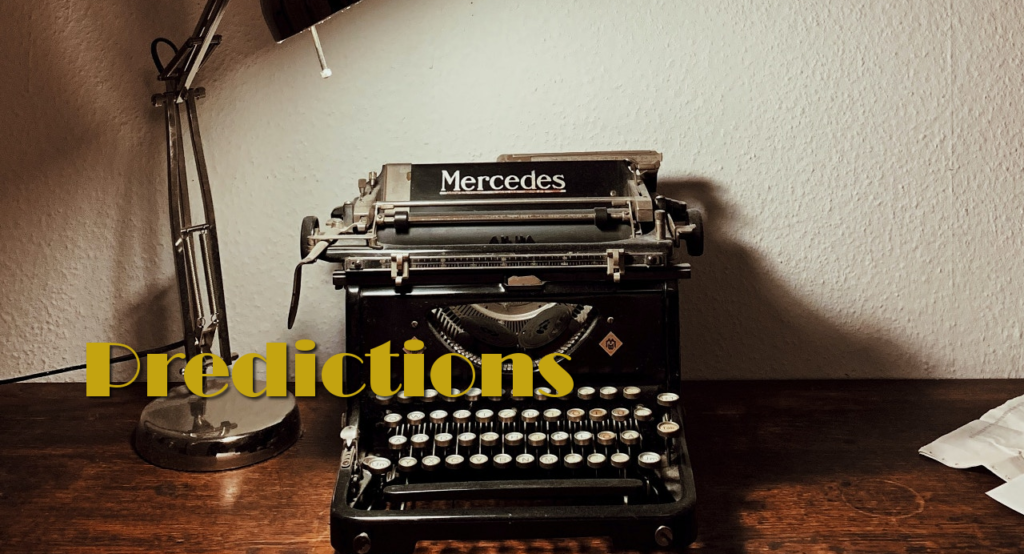
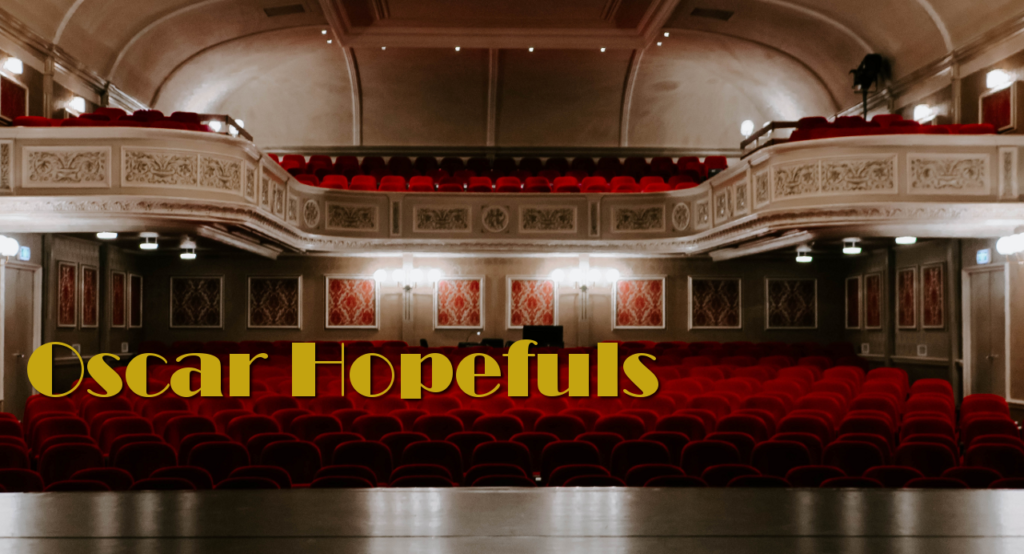







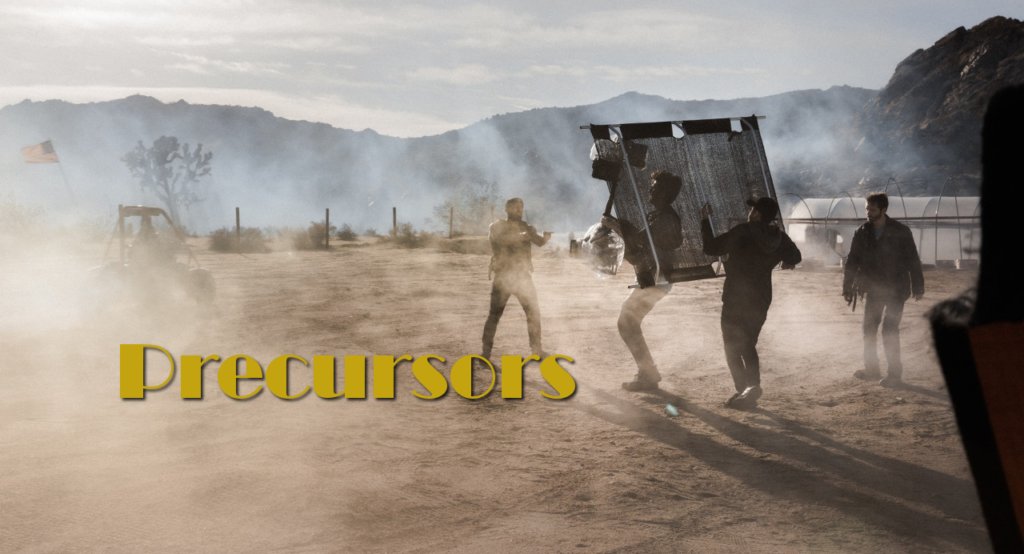



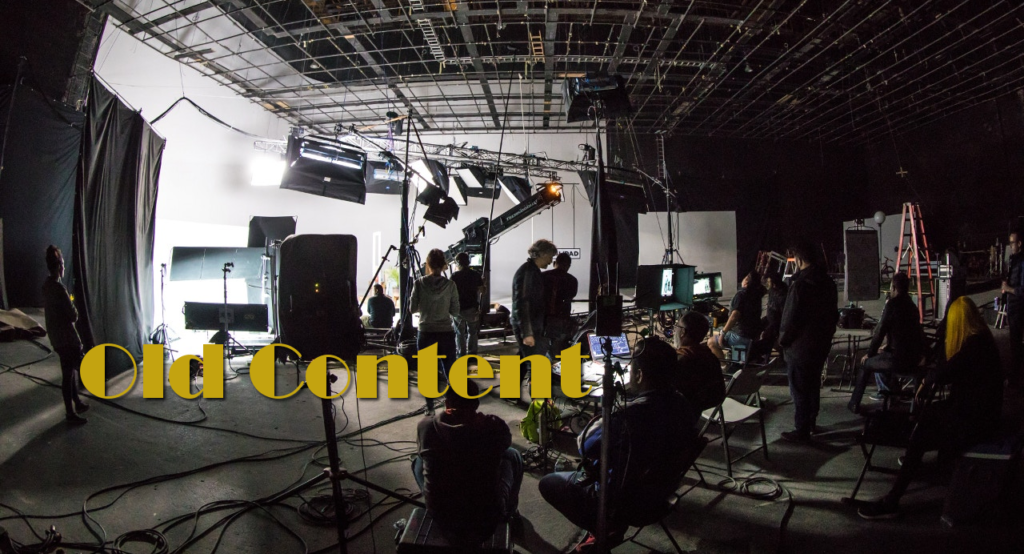

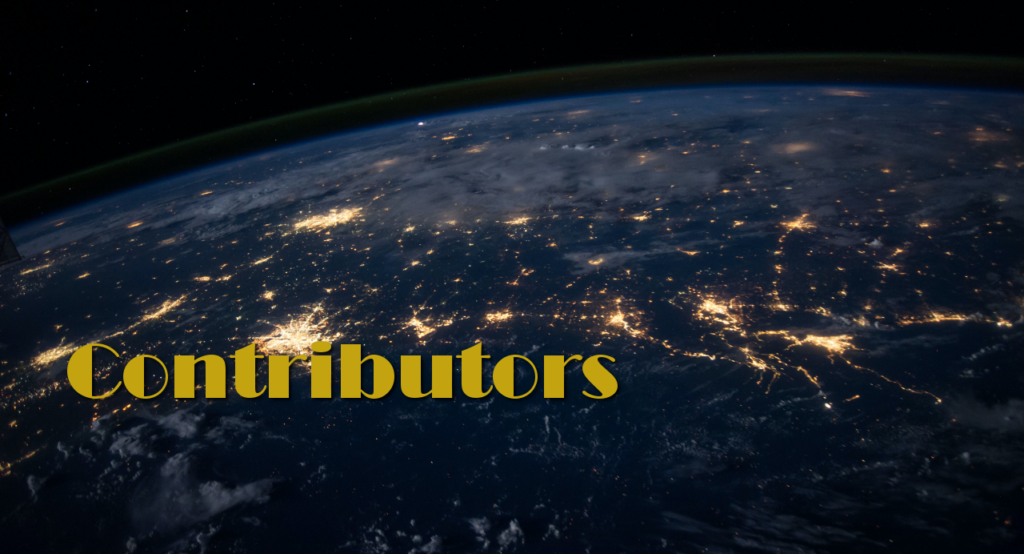

Leave a Reply